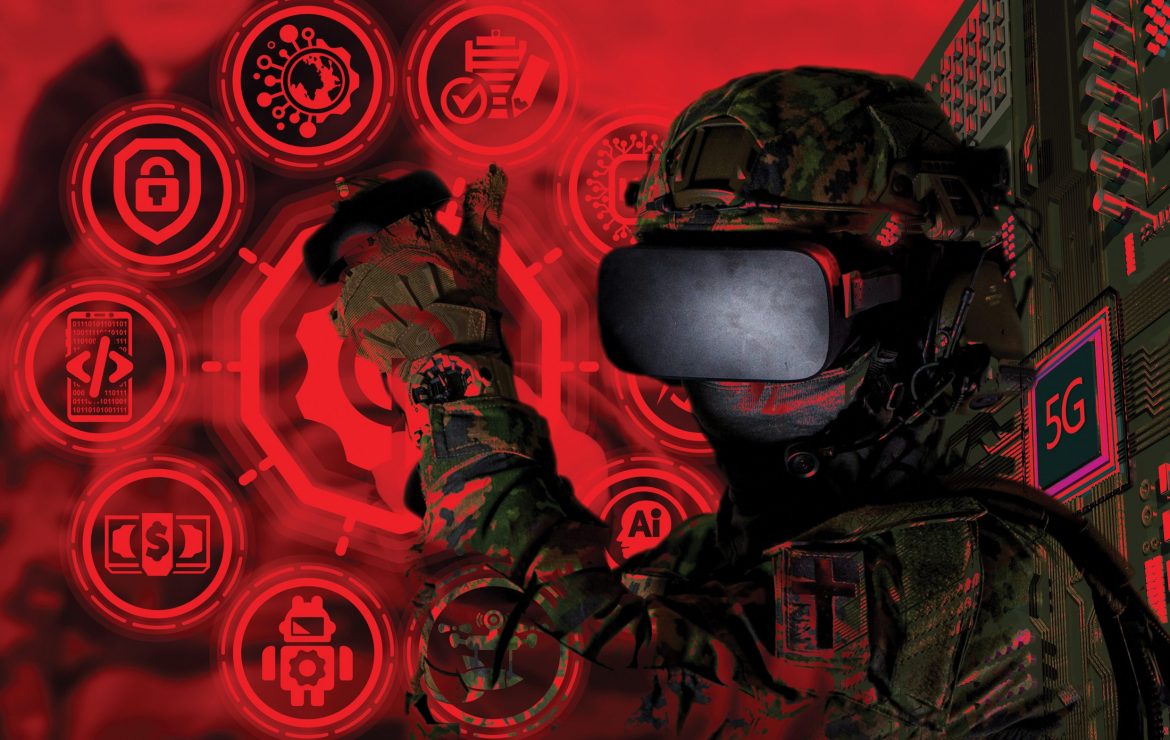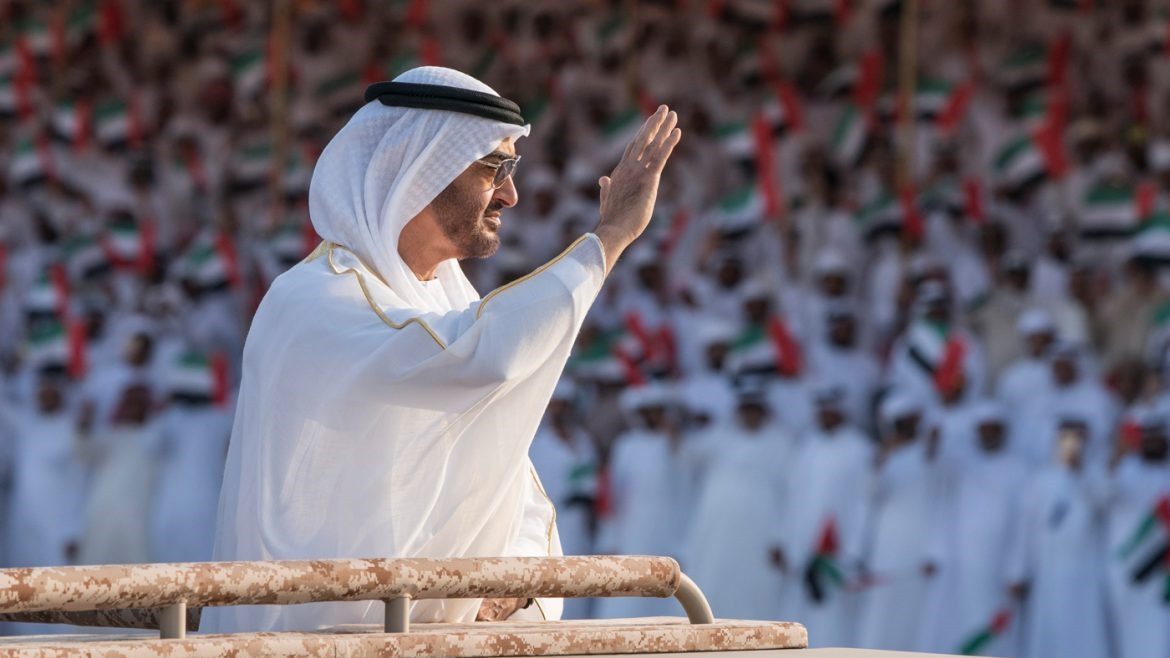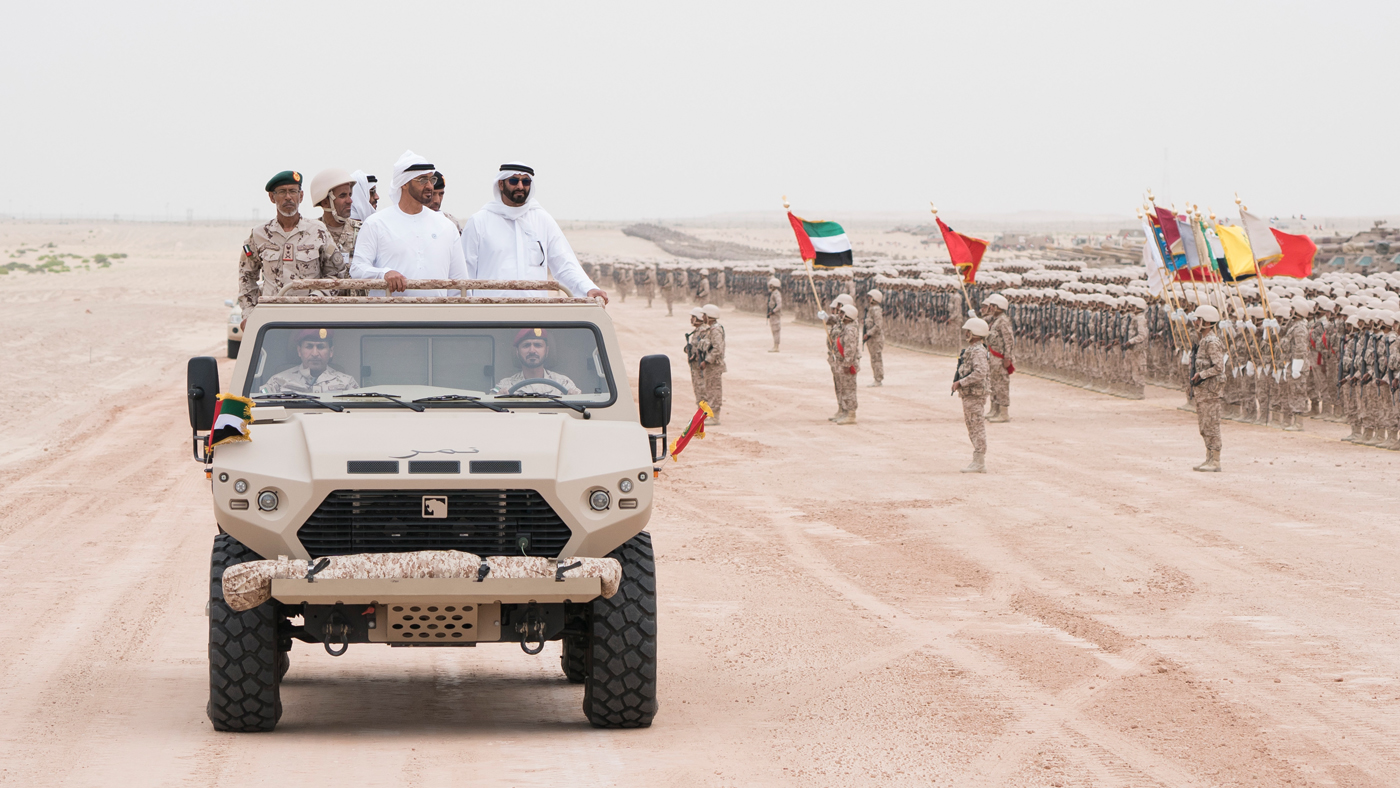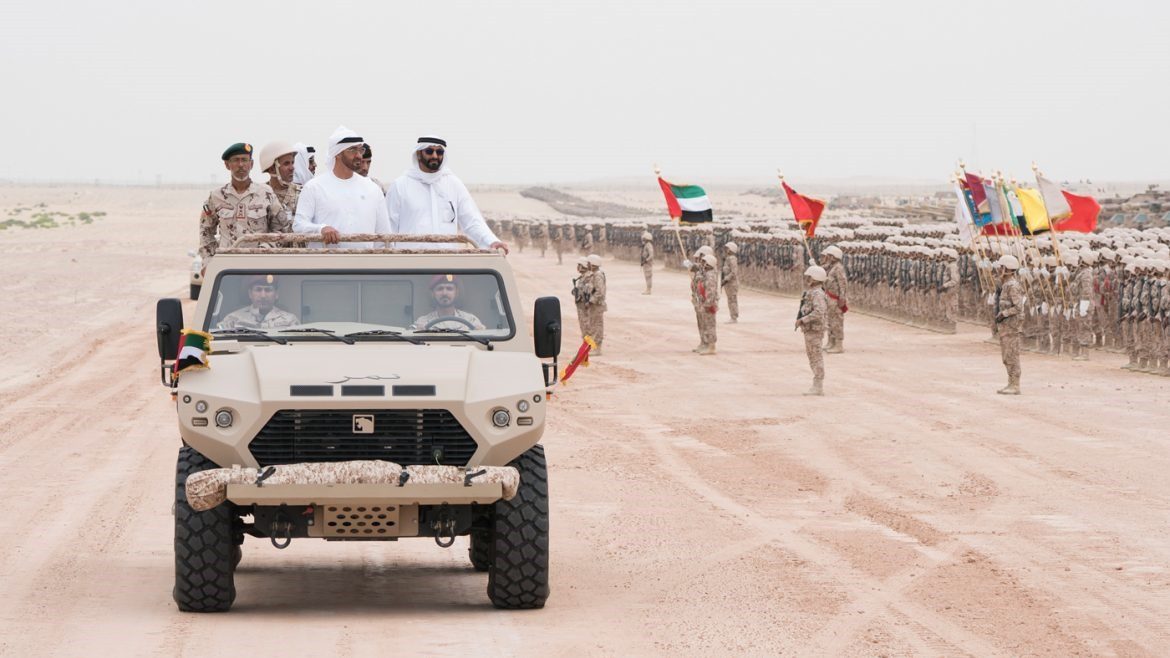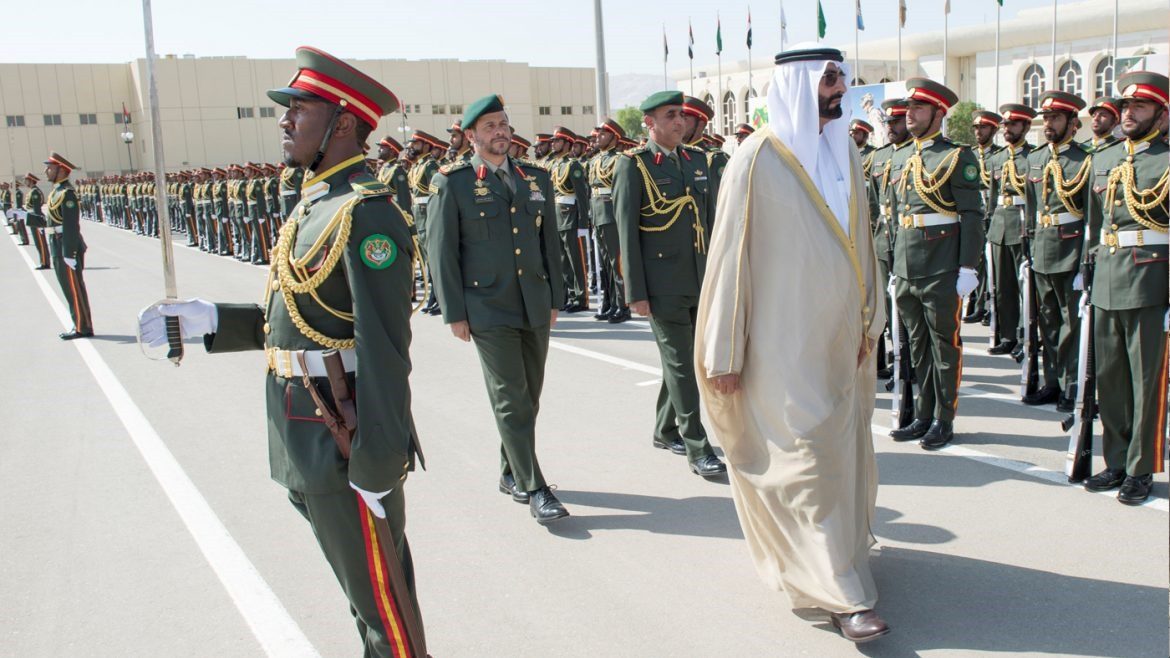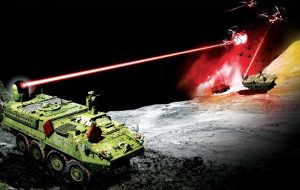The notion of Sensor Fusion (SF) has been around for a while. Indeed, the first moon landings used a basic Data Fusion Algorithm (DFA) applied to orientation sensors to ensure the astronauts landed in the right place – and, indeed, to ensure they found their way back. Decades later, major advances in computing and communications are allowing for tremendous new opportunities.
The advent of the Internet of Things (IoT) and the break-out of autonomous vehicle technology in civil and military contexts both add tremendous new significance to SF technology. It is also predicted that the market for such technology is predicted to top $7 billion in the US alone over the next three years.
The article will shed the light on the applications of the sensor fusion, both civilian and military, and the utility of this new technology, and how it is going to change the future battlefields.
Applications of Sensor Fusion;
One of the key breakthroughs is in the shape of an embedded SF microcontroller unit (MCU) called a “sensor hub”, which runs an in-built SF algorithm, thus greatly reducing the computing load of previously software-based approaches from the CPU. This in turn increases speed, performance, and the complexity of possible SF tasks. The development of AI technology also allows for more intelligent and capable interpretation of multiple data sources, in such areas as smoothing out inaccurate or rogue sensor data that could affect overall judgements or performance of machinery.
Particularly in civilian contexts, the imminent roll-out of 5G infrastructure not only allows for greatly enhanced data-rates, but also for more sophisticated and data-hungry applications that would previously have been too slow, power-hungry, or requiring too much computational power. 5G also utilises beamforming technology, which can offer geolocational possibilities in mitigation of traditional satellite mechanisms, by using algorithmic analysis of signal orientation data: a modern version of wartime radio direction-finding technology. This could be particularly useful in environments where satellite positioning struggles, such as in tunnels or amongst tall buildings. This, in turn, allows for greater reliability of autonomous vehicles in a range of different environments, and for generally more persistent network connectivity.

Android and Apple smartphones are already incorporating the technology into their latest models, allowing for greater integration with wearable and other devices while reducing the drain on battery power. The automotive industry is another obvious area of application, where SF can improve safety feature responses such as the deployment of collision-avoidance systems, bringing the advent of viable autonomous cars onto public roads much nearer.
In health, the deployment of Wide Body Area Sensor Networks (WBASNs) utilising multiple micro-sensors allow for much more data to be collected on the functions of the body, enabling better analysis and diagnosis of health conditions, and for dynamic monitoring of organ functions.
There are challenges posed by SF. Ensuring reliability in the face of rogue inputs from a particular sensor will be critical, especially in such areas as collision-avoidance systems for autonomous vehicles. The incorporation of a myriad of personal and private IoT devices into over-arching SF systems also raises concerns about privacy. At the same time, intelligent use of AI and encryption could allow for more security in communications if deployed effectively.
In the battlefield context, the role of speedy and accurate data within the essential logic of C4ISR (command, control, communications, computers, intelligence, surveillance and reconnaissance) has always been critical to tactical advantage. With the advent of Smart Sensor Web (SSW) and SF technology, a range of new opportunities and benefits are presenting themselves.

As the fifth-century Chinese military strategist, Sun Tzu, reputedly said, foreknowledge allows a wise general to conquer his enemies. By deploying multiple sensors on military vehicles and equipment, whether in the domains of land, air, or sea; and deploying AI-enabled signal processing and analysis on the received data, the objective of obtaining a greatly enhanced monitoring and reconnaissance capability across large and multiple environments is achievable. This, in turn, can allow for more efficient and targeted responses with greater degrees of accuracy to mitigate or neutralise threats. It is probably no coincidence that the US Space and Naval Warfare Systems Command recently renamed itself the Naval Information Warfare Systems Command, to emphasise the significance of this piece of the jigsaw.
wide benefits of Sensor Fusion
SSWs and their availability to the warfighter in the battlefield allow for greater and more dynamic situational awareness. Data feeds can include high-resolution digital maps including 3-D terrain modelling; multi-spectral imagery from an array of sensors on manned or unmanned vehicles in different environments; and live feeds into headquarters intelligence and information databases. In the air, as with 5G beamforming, drones can use SF to mitigate for loss of signal or failures in GPS sensors, by utilising other data such as light detection (LIDAR) or radar. This will deliver better and more persistently accurate geolocational data, allowing for the more effective finding and targeting of hostile assets.
As with any major development in military technology, the early-adopters with the biggest budgets will enjoy the greatest battlefield advantages. Think back to the 1991 engagement in the Gulf against Iraq, and the way in which sophisticated use of thermal imaging allowing the US air-force to “own the air” and enjoy complete dominance in night-time operations. At the same time, the enormous initial costs of such systems have caused problems for even the biggest spenders in the face of declining defence budgets. The latest developments in computing and communications technology, and the massively enhanced opportunities to use cutting-edge commercial off-the-shelf (COTs) capabilities, however, allow militaries to deploy a much greater array of sensors to the battlefield, and to do more at lower cost with the collected data.
It is also the case that the need for more targeted and efficient battlefield operations will be crucial in the face of declining military numbers. The UK’s Ministry of Defence recently announced, for example, that it is cutting its army by a further 10,000 troops. A combination of SSW and autonomous technology will allow for doing much more, with fewer personnel. This will undoubtedly be very attractive to military planners and strategists. It also delivers new opportunities for the defence industries of advanced economies to be very much at the forefront of this area of high-tech development: a fact made explicit in recent defence and security reviews in the UK and elsewhere.

How will SF technology shape the future battlespace?
The first piece of the jigsaw is the proliferation of sensors. In both civilian and military environments, sensors will increasingly be ubiquitous. The new technologies that we will all be using, whether in health, transport or security, require constant and accurate data availability to drive their operations. Major advances have been made to the miniaturisation and performance of sensors in recent years, allowing for cheaper and more effective sensors which use much less power than their earlier iterations.
Forward Looking InfraRed (FLIR) systems are a fine example of the progress of sensors in the thermal imaging domain. Such devices now weigh as little as 70 grams; use tiny amounts of power to operate and can be bought off-the-shelf for a few hundred dollars. The future battlespace could be “seeded” with multiple sensors of this type, delivered via air-drops, small robotic devices or attached to drones or other airborne platforms, allowing for massively enhanced situational awareness in short order. Where deployments are close to inhabited areas, the increasingly manifold array of private and commercial sensors, such as CCTV cameras and other broadcasting devices connected to the internet, can be co-opted into an over-arching SSW delivering dynamic local situational intelligence.
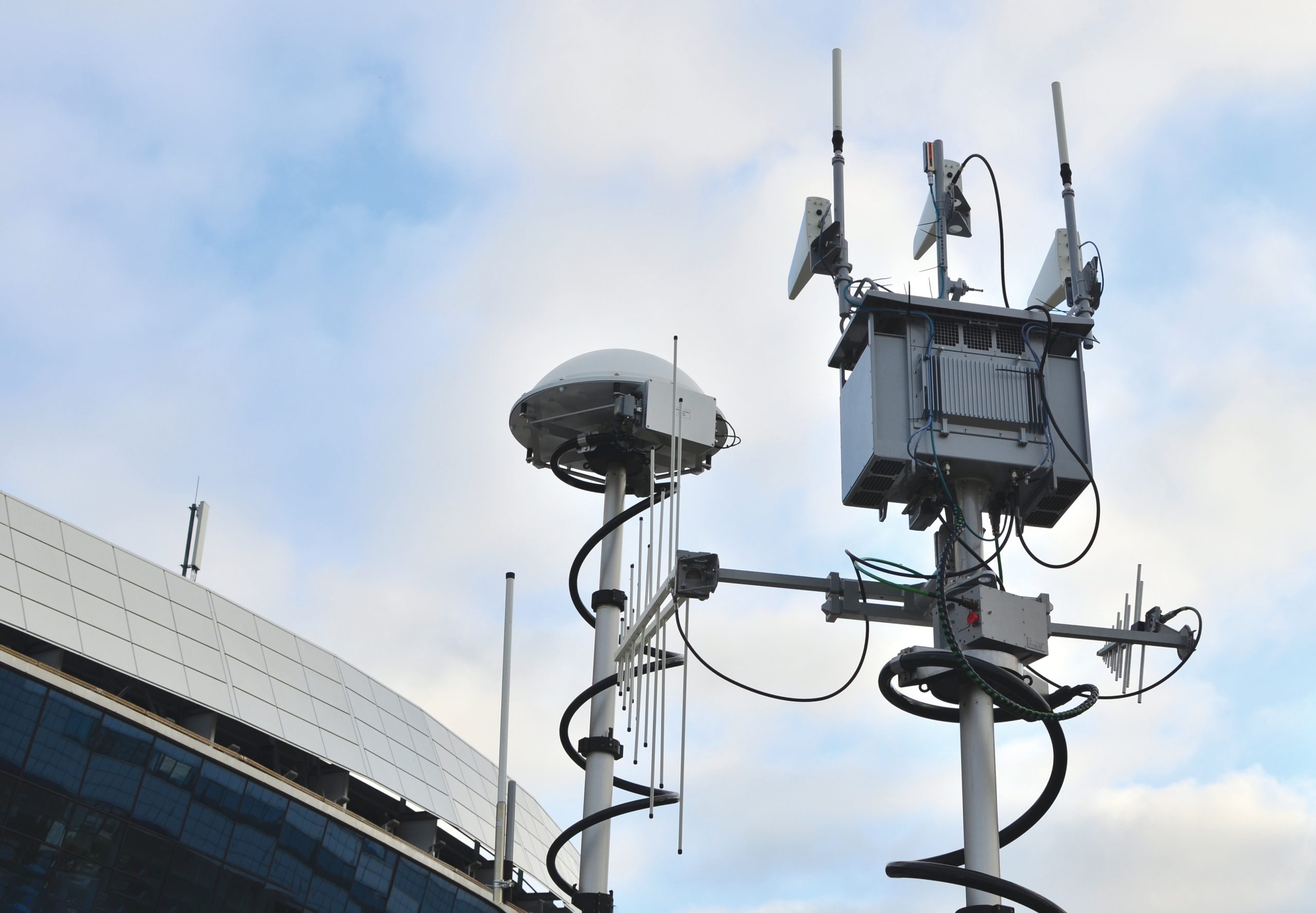
Cloud connectivity is a key second component of the picture. In urban zones, new 5G networks will offer ready-made communication channels that can carry much higher volumes of data at faster and more efficient rates than existing networks. These networks connect to the internet via an increasingly multiple array of private, commercial and deployed devices and sensors. Where locations are more remote and lacking in communications infrastructure, beamforming technology is lighting the way in delivering much higher data-rates for microwave and other radio-relay platforms. This allows for targeting signals more specifically along particular channels, improving the power efficiency of systems and the reliability of data transmissions, even in hostile environmental conditions.
The final critical component of the picture is constituted by advances in computational capability and the development of viable AI technology. In many ways, computing is on the threshold of its next major revolution, whereby systems will be able to carry out exponentially greater and more complex calculations than had previously been thought possible with standard microchip technology. The big story in computing will be the development of quantum systems, which are still a little way over the horizon in terms of viability and affordability. In the meantime, the development of embedded MCUs with hard-wired AI algorithms have shown that significant advances can be made in reducing the overall load of CPUs, and thus improving the complexity and dynamism of data analysis, at lower levels of power and cost. Cloud technology has also allowed for data-hungry computing tasks to be brought “closer to the battlefront”. Once certain thresholds of this nature are demonstrably passed, the deployment of previously hypothetical approaches and techniques becomes distinctly possible.
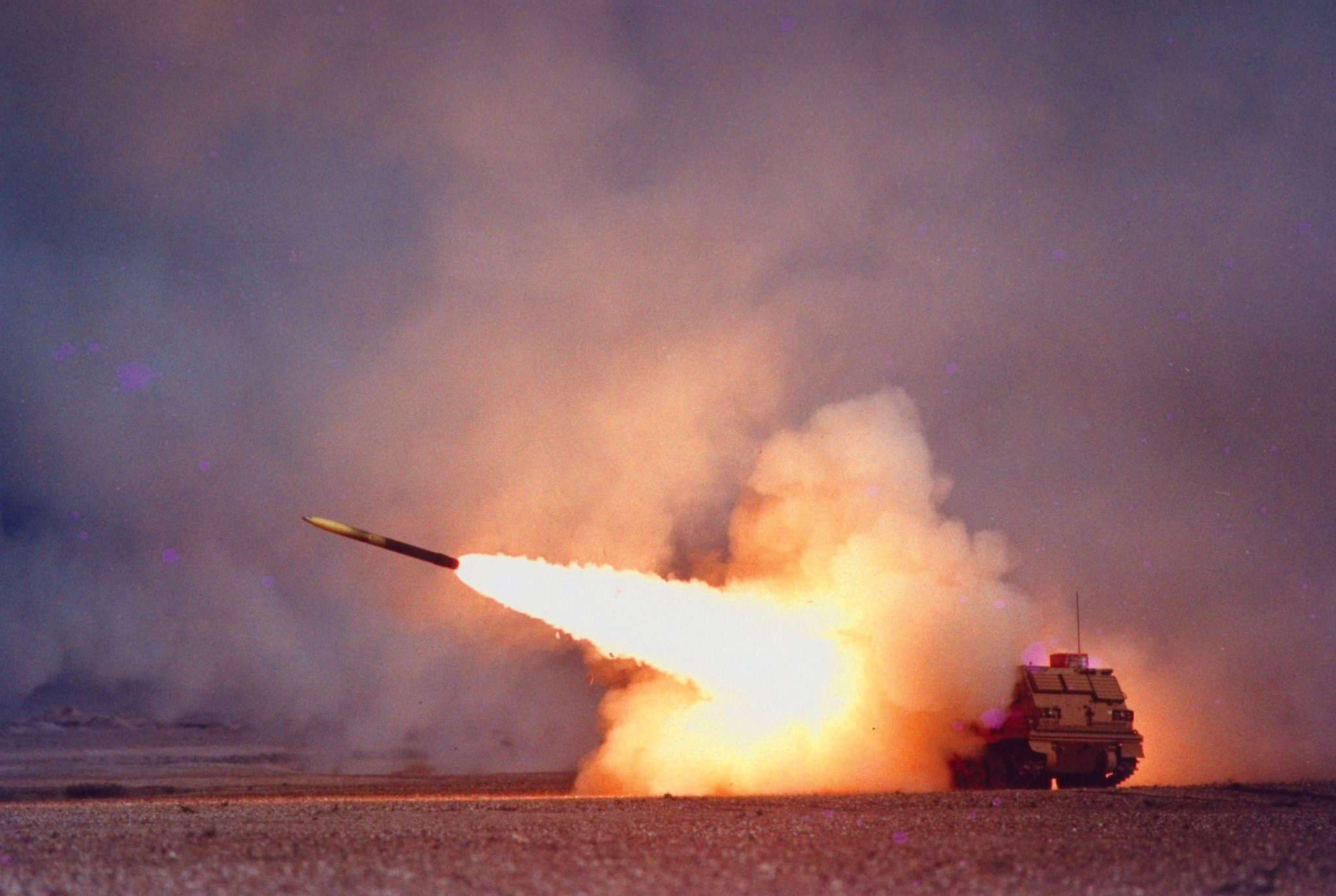
The future warfighter in advanced militaries will therefore be able to connect with enormously improved and increased situational awareness across all environments, improving both defensive and offensive intelligence capabilities. The reliability, speed, and complexity of data will all be improved. Problem mitigation such as compensating for rogue or inaccurate data will increasingly be enabled by AI modelling. This will be hugely beneficial not only in such areas as eliminating the risk of “friendly fire” incidents (a significant problem in the 1991 Gulf war, for example), but also for generally enhancing situational awareness leading to more targeted and efficient operations.
There are, of course, significant ethical questions surrounding these developments. With SF technology, the increasing possibility of an “all seeing eye” that cannot be avoided in any circumstance poses difficult questions for the values of liberal democratic military approaches to world order. The integration of private and civil SSWs into military operations begs immediate questions about the human right to privacy, as we all move into an IoT world. And, as with all new technologies, a potentially problematic asymmetry is delivered, whereby the weak and under-resourced find it increasingly difficult to confront the strong. At the same time, the major military powers will inevitably be enticed by the opportunities for greater efficiency and effectiveness offered by SF technology, and this will surely make it an unstoppable development.
Sources and references
Steve Orrin (2019, November 12). “See something, do something: Sensors in battlefield dominance”. DefenseNews. See something, do something: Sensors in battlefield dominance — Defense Systems
Jeffrey L. Paul (2000). “Smart Sensor Web: Web-Based Exploitation of Sensor Fusion for Visualization of the Tactical Battlefield”. IEEE Aerospace and Electronic Systems Magazine, 23, vol.1
Martin Keenan (2019, February 20). “The Challenge and the Opportunity of Sensor Fusion: A Real Gamechanger”. 5G Technology World. The Challenge and the Opportunity of Sensor Fusion, a Real Gamechanger – 5G Technology World
» By: Prof. Julian Richards
(Centre for Security and Intelligence Studies (BUCSIS), University of Buckingham, UK)


